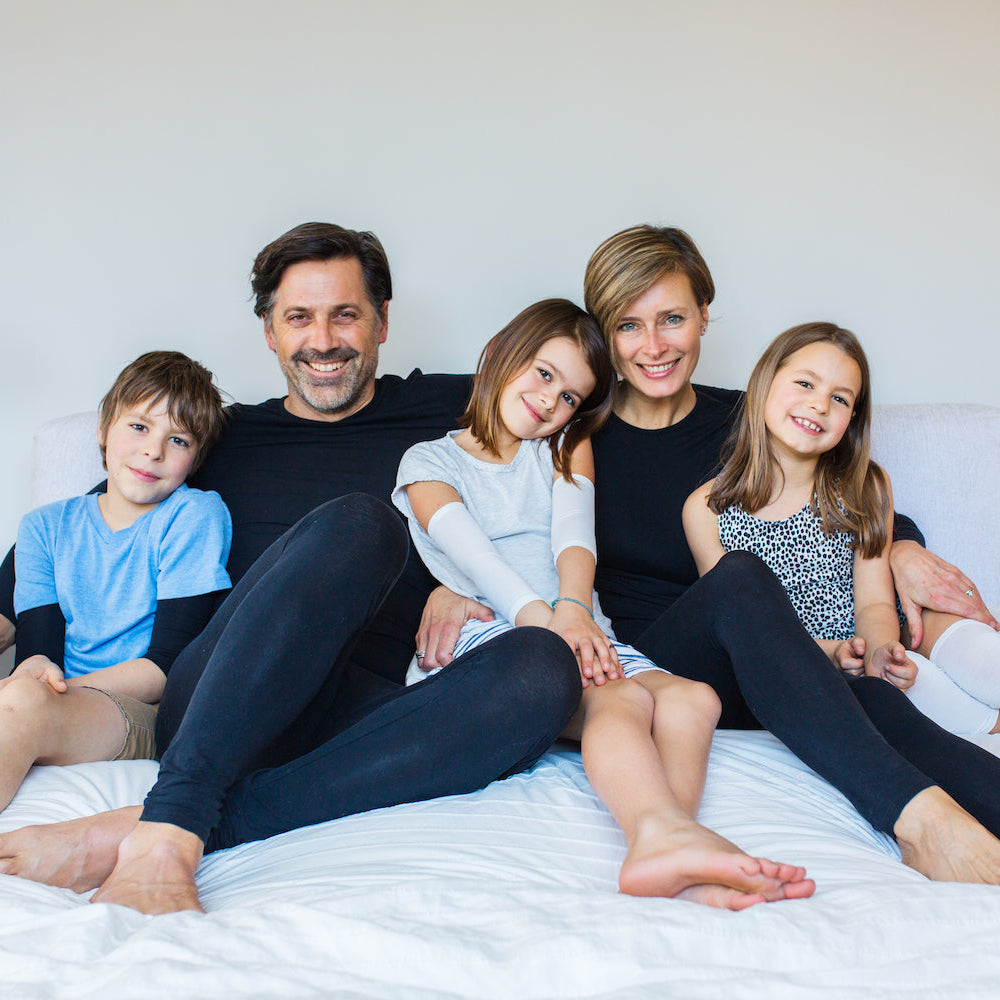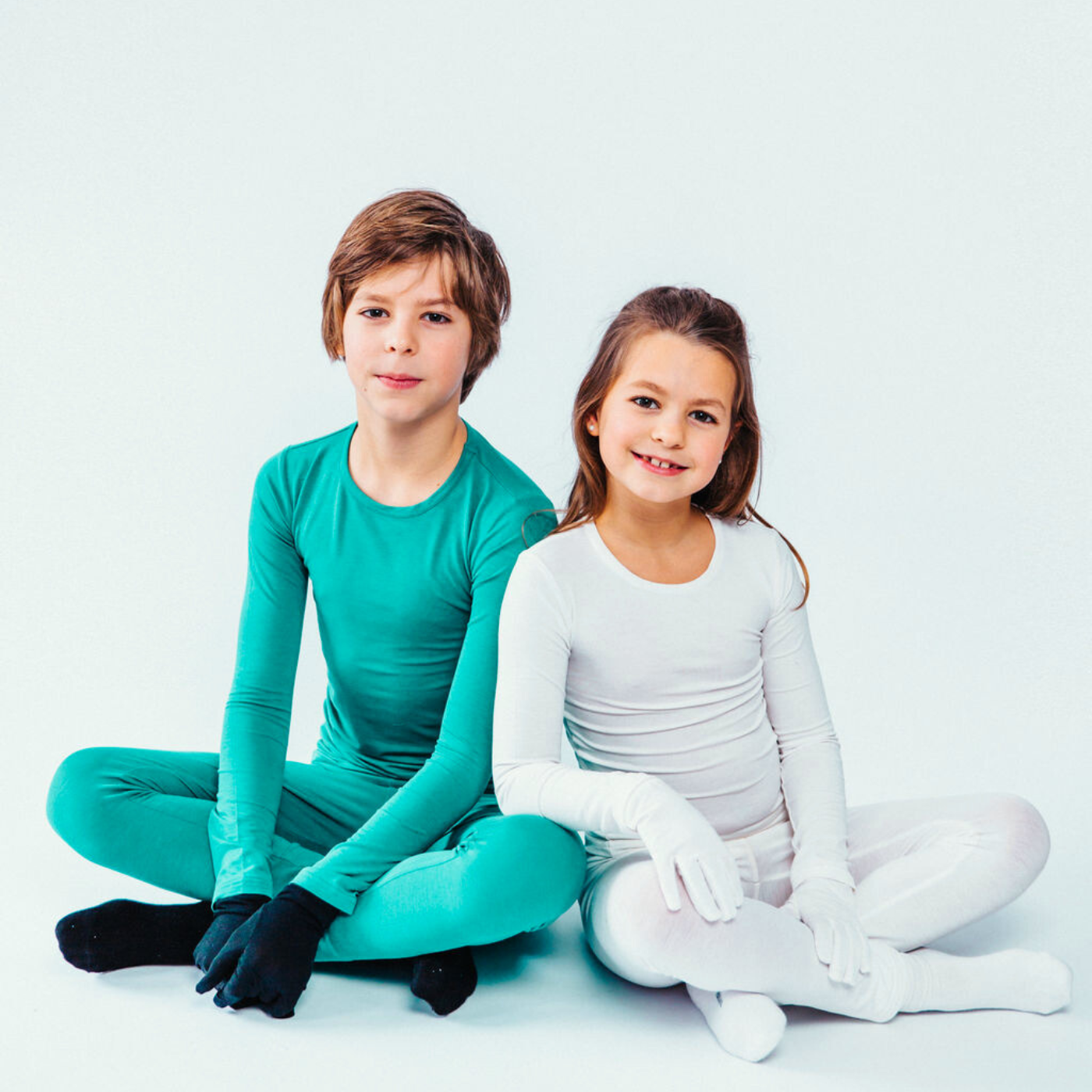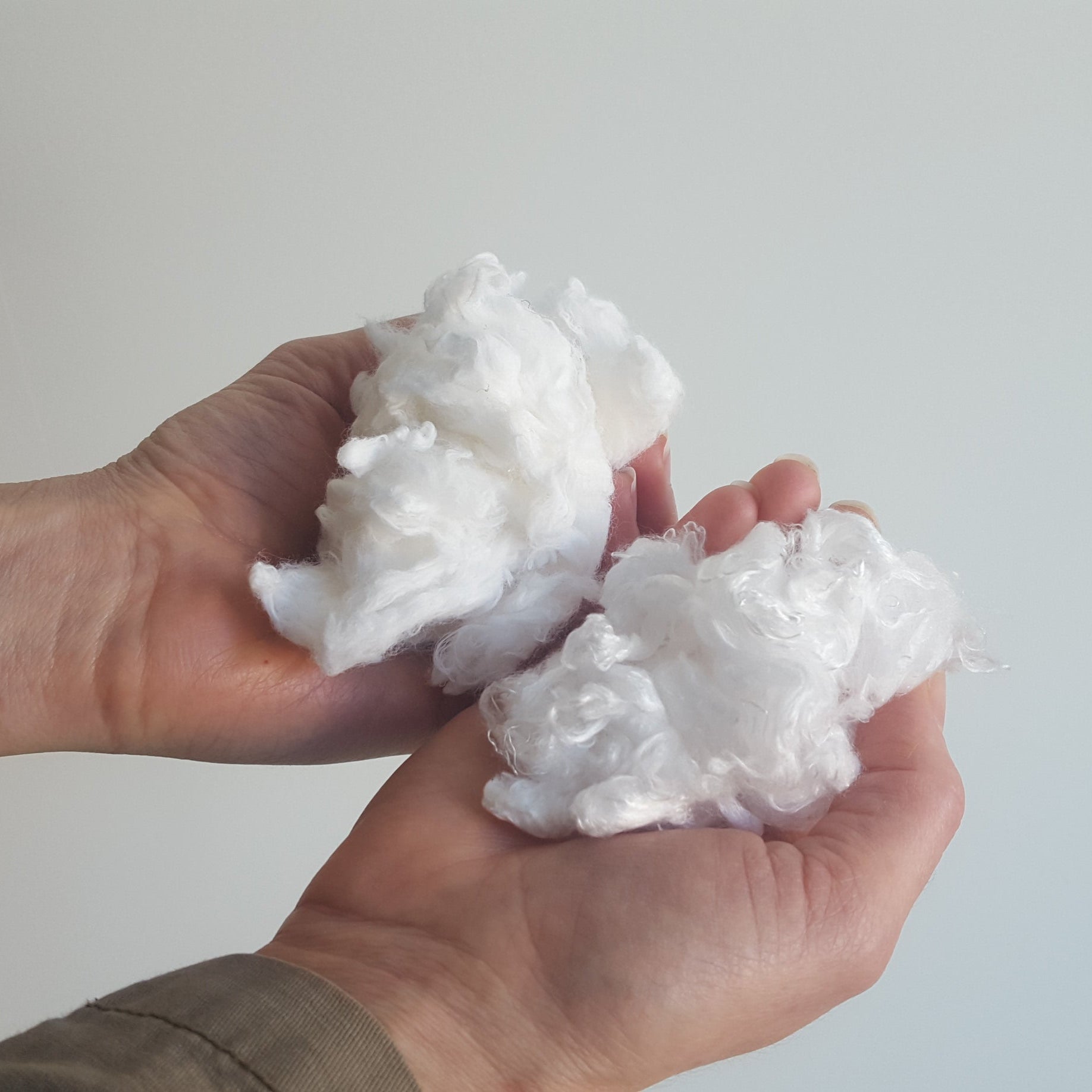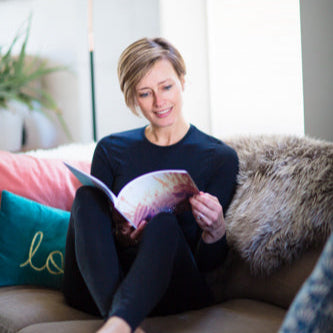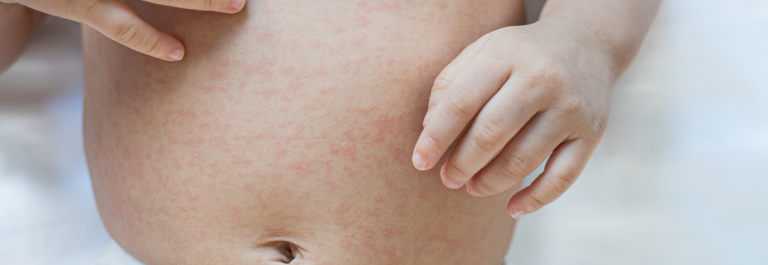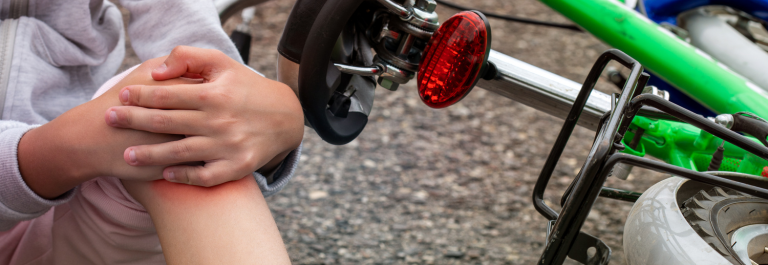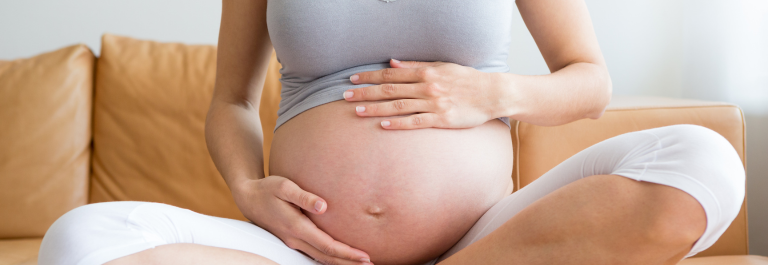Roseola - also known as Sixth Disease - is a common contagious childhood viral infection sometimes accompanied by a rash. In the following article, we will discuss:
-
What is roseola?
-
Common causes and symptoms of roseola
-
Treatment for roseola viral rash
It can understandably feel frightening when your child is ill, and of course you want to do all that you can to make them feel better. You're in the right place: information is power when supporting your child dealing with roseola. Read on to learn more about this prevalent - and treatable - condition.
What is Roseola?
Roseola (also called roseola infantum, 6th Disease, or baby measles) is a very common, highly contagious viral illness that usually affects children younger than two years old.
The incubation period can be anywhere from five to fifteen days, which means that your child may only start showing roseola symptoms up to two weeks after being exposed to an infected person. Roseola tends to be mild and is generally not a cause for concern.
Common signs of roseola are a high fever followed by a pink rash. Most children recover from the infection within a week or so. In rare instances, children might experience febrile seizures. While this complication isn't dangerous, consultation with your healthcare provider is essential.
What Causes Roseola?
Roseola is caused by the human herpesvirus. It is contagious and is passed through saliva or respiratory droplets (i.e., from a cough or sneeze). Like many viral illnesses, regular handwashing is the best way to prevent roseola.
Roseola nearly always occurs in early childhood; once you've had it, you're unlikely to have a repeat infection. However, children, teenagers, and adults with a compromised immune system are all more vulnerable to be infected.
Common Symptoms of Roseola
There are two common symptoms of roseola: a high fever and a skin rash. It is also possible that your child may be infected, but not experience any symptoms of roseola.
High Fever
Most children with roseola will develop a sudden high fever (over 103 degrees F) for 3 to 5 days. Swollen lymph nodes and irritability often accompany this high fever phase. Your child's symptoms may be similar to a cold, such as a runny nose, sore throat, and cough. During the fever stage, roseola is contagious and can be passed on to other children.
On rare occasions, a child's fever will come on so suddenly that it can cause febrile seizures, which can be frightening but are not dangerous to your child. If this occurs, speak to your child's healthcare provider.
Once the fever breaks, your child is no longer contagious. To care for the safety of those with a weakened immune system (especially other children), it's a good idea to keep your child home for 24 hours after the fever has broken.
Rash
A roseola rash occurs 12 - 24 hours after your child's fever has broken. The rash stage of roseola appears first on the chest, back, and tummy and then moves to the arms and legs and, in rare instances, the face. On light skin, the rash appears pink or slightly reddish, while on darker skin, it can be harder to see. When pressure is applied to the rash, it will turn white.
The rash can be flat or sometimes raised lesions and will appear as separate spots on the body. There is generally no flaking or peeling of the skin. The rash typically won't cause too much itching or discomfort, and it will go away on its own within two to four days.
Roseola Treatment
Roseola is a viral infection; therefore, there is no 'cure.' However, there are ways to treat roseola viral rash to soothe your child's symptoms.
Relieve the Rash with Protective Clothing
A child's roseola rash typically starts on the chest, stomach, and back. Wearing lightweight clothing is recommended to keep your child comfortable. Anti-inflammatory and anti-microbial clothing - such as Remedywear™ Long Sleeve Shirt for Kids - protects and nourishes rash-affected skin. Made with silky smooth TENCEL and zinc oxide, this shirt will keep your little one comfortable and cozy when feeling under the weather. If the rash affects the arms and legs, you can try pairing the shirt with the Remedywear™Long Pants for Kids.
Soothe Your Child's Skin Rash with Natural Skin Care Products
It's completely normal to feel conflicted about what type of skincare products to use when your child is experiencing a skin rash. Using natural products designed for sensitive skin is a smart choice because it nourishes the skin and prevents any irritation to rash-affected patches. This Coconut and Sunflower Oil Soap Bar is an incredibly gentle cleanser that can be used head to toe, even on the most sensitive parts of your child's skin. Keeping your child's skin moisturized can help prevent itching and scarring, and with just six natural ingredients, this Organic Manuka Skin Soothing Cream is a pot of soothing goodness. Your child will love the light, sweet scent of honey, too!
Keep Your Child Hydrated
Ensure your child drinks plenty of fluids when they're ill to support their body in fighting the infection and helping them feel better. The best liquids for hydration are water, oral rehydration solutions, soup, or liquid gelatin. If they refuse fluids or if they aren't passing much urine, this could be a sign to seek support from your child's healthcare provider.
When to Seek Advice from a Healthcare Provider
Roseola is a common, mild illness that affects many children. You can have roseola diagnosed by your child's healthcare provider based on a medical history of their symptoms and a physical examination of their rash. It's also possible that your child's doctor may perform blood tests.
It is unusual that you might need emergency care for your child. However, if your child has had a high fever lasting longer than five days, has had a febrile seizure, or has symptoms that suggest infection in the areas of the brain and spinal cord (i.e., stiff neck or frequent vomiting), it's best to seek immediate medical care.
Soothe Your Roseola Rash Symptoms
It's hard not to worry when your child is ill. Rest assured that roseola is a common illness in children and that most kids will have roseola diagnosed before age two. Follow our tips to care for your child - and offer yourself peace of mind - today!

